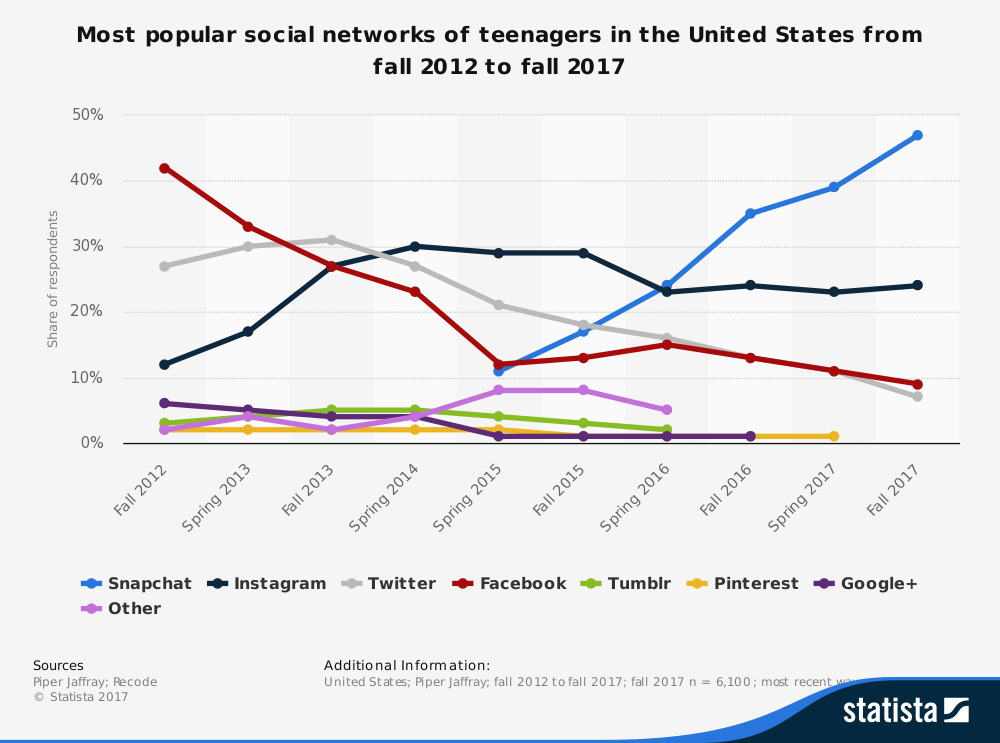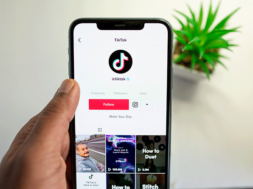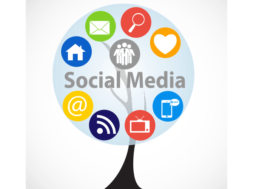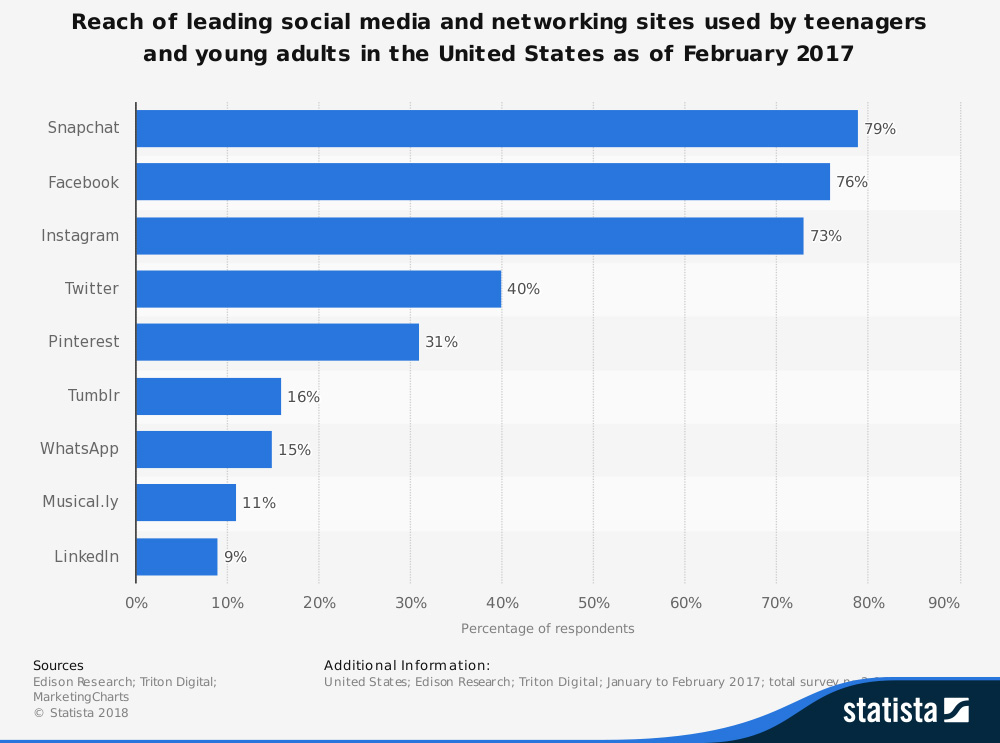
By Lisa Olmedo, Vice President of Client Relations, Gragg Advertising
Most everyone reading this article interacts with Digital Natives on a day-to-day basis, but do you understand them? Have you ever wondered to yourself “Did I act that way when I was that age?” Or said to another person “What is wrong with ‘kids’ today? They act like they are from a different planet!” Well, you aren’t far from the truth, in this article you will discover the true differences between Digital Natives and Digital Immigrants.
By defining the differences, understanding their thought process and recognizing what is truly important to Digital Natives you can start to connect with them and finally communicate productively.
Google defines Digital Natives as “a person born or brought up during the age of digital technology…” a Digital Immigrant is defined as a person born and brought up before the widespread use of the internet and digital technology.
One of the most amusing facts about the ever-widening gap between generations is that Digital Immigrants caused it! You just read that sentence again, didn’t you? It is true folks Digital Immigrants are responsible for the way kids act today. Digital Immigrants created the technology that Digital Natives use today. Take texting for example. Teenagers sleep with their phones in their hands; you can’t pry it away from them, they have dozens of conversations at all hours of the day and night. They are constantly connected to their online community. But did you know texting was actually invented so that service engineers could communicate about power outages in the 1980s? It would have been unimaginable at that time to think people would be using this technology to text, snap and tweet.
The inventors of modern social technology had no way of knowing that this would change the way Digital Natives process and retain information. In a study done by Nielsen Consumer Neuroscience, today’s average college graduate has spent less than 5,000 hours of their lifetime reading books but over 30,000 hours have been spent on “screens.” Due to the exposure to technology at very early ages, Digital Natives thinking patterns have developed differently, including what is important to them, what captures their attention and their decision-making process. One of my favorite songs in 1988 was by Will Smith “Parents Just Don’t Understand.” While Will might have struck a chord with this 80s teenager back in the day, we can honestly say today that parents just CAN’T understand.
As Digital Immigrants, not being raised with the World Wide Web at our fingertips, our brains actually process thoughts differently, what is important to us seems meaningless to Digital Natives. There are several videos out there poking fun at millennials, but the truth is they are just programmed differently. Therefore, things like community involvement, their social networks opinion and instant gratification are more important than making money or showing up at a dedicated time for an appointment or work. What Digital Immigrants see as a lack of respect or laziness is really miscommunication or a disconnect between thought processes.
It’s common knowledge Digital Natives have been exposed to numerous streams of information daily for most or all of their lives. They can jump from one thing to another without committing to anything, and to a Digital Immigrant, this looks like indecision and lack of commitment or attention. However, the same study done by Nielsen Consumer Neuroscience revealed the fact that Digital Natives are not disrupted by a non-linear narrative. This is the biggest difference between Digital Natives’ and Digital Immigrants’ thought processes.
Digital Immigrants want to see a beginning, middle, and end to stories in that order, but Digital Natives accept beginning, middle, and end in any order because they process information differently.
Digital Natives not only process differently, but they also consume differently. Digital Immigrants have adapted to some of the consumption habits of Digital Natives, so understanding this isn’t as far out of reach as the differences in our thought processes.
Most Digital Natives will consume information on multiple platforms and with multiple devices at one time. They might Chromecast “Stranger Things” to the TV while sharing the experience on their phones with their friends via Snapchat and follow the show’s Twitter feed on their laptops. Or they might be doing all those things on one device at the same time. Natives want to be in charge of the conversation, and they want to determine how and when content is delivered to them. Interruption marketing such as pop-up webchats or advertising are irritating to them. They are hyper-connected. Their stories and word-of-mouth messages travel faster than any news network. Their thoughts and experiences are shared in real time through updates, tweets, pictures and video. Once you start to understand their world and how connected they are you begin to see the effect they have is extremely powerful. So much so, that we are no longer only defined by our own marketing messages but rather by the collective experiences of the target market we service. This is called experiential marketing. When these experiences are shared online and offline, they become future guides for potential prospects seeking input before making their decisions. So, to reach Digital Natives, think about creating content that is engaging, share-worthy and enhances positive experiences in their life.
A report done by Razorfish Liminal outlines 6 elements of engaging and influencing Digital Natives: Value, Efficiency, Trust, Consistency, Relevance and Control.
Most importantly, Digital Natives need to feel valued when you are communicating with them. Create content that solves their problems or shows empathy for their situation. Listening and responding to Digital Natives in a non-authoritative manner is critical in your communication both for marketing and retention.
Digital Natives can absorb information quickly; their attention spans don’t allow for lengthy copy or explanations. Keep all your communication short and to the point. If they want or need more details, they will ask for it or find it online. Video and social sites are the most effective ways to communicate your benefits and value to this group.
To build your brand’s trust with Digital Natives, they need transparent, honest and authentic engagement. Do not take a formal approach when communicating with them. Translate problems into solutions with engaging messaging. Take a look at your website. Does it have a call to action on it? “Call today” and “Contact Us” are not going to be as effective as “I Want Answers” and “Get Info” when getting a Digital Native to click. They want to be asked not told.
Digital Natives don’t like surprises. To feel secure they need branding, messaging and attitude to remain consistent.
They need to absorb the information quickly and move on. Your website, landing pages and social networks should convey the same message and positioning statements.
To Digital Natives, the only opinions that count are their own and those of their online network. Create content that is relevant to them. Digital Natives love stories – share stories about interesting things that involve your staff, students and community outreach programs. All ads should be visually appealing showing action shots that are relevant to the programs or school.
If there’s one thing Digital Natives are deeply aware of its that they are in control of the conversation and the relationship. Rather than fight it, use it to your advantage by empowering your target market to become advocates for you, both online and off.
Digital Natives have a different thought process, and they like to be valued, spoken to in an efficient, trusting and consistent way. Additionally, the information delivered needs to be relevant to them personally and served to them where they control the engagement. Now to go one step further and figure out where they are spending their time.
It is easy to say that Digital Natives spend the majority of their time online. The internet is a big space with never-ending options and interests so, where are they?
In the survey illustrated here you can see that despite Snapchat’s dominance, Facebook continues to be one of the most popular social media and networking sites used by teenagers and young adults, aged 12 to 24 years old in 2017. A total of 76 percent of respondents currently use Facebook, followed by Instagram with 73 percent.
However, when teens, whose average age was 16, rated their most important social network, Snapchat, Instagram, and Twitter were given more important ratings than Facebook. These social networks are being increasingly visited via mobile devices. Nowadays, 93 percent of teens ages 15-17 have mobile access to the internet through a phone, tablet or other device.
 Online marketing is not just pay per click and pay per lead anymore. Most online marketing platforms can define your target market, pinpoint your specific users and track the outcomes. Now more than ever last lead attribution can be tracked, but it takes 7-12 exposures before Digital Natives acknowledge your existence, and reactions can take even more exposure. You must use multiple platforms with consistent branding and messaging in ordered to be successful.
Online marketing is not just pay per click and pay per lead anymore. Most online marketing platforms can define your target market, pinpoint your specific users and track the outcomes. Now more than ever last lead attribution can be tracked, but it takes 7-12 exposures before Digital Natives acknowledge your existence, and reactions can take even more exposure. You must use multiple platforms with consistent branding and messaging in ordered to be successful.
Instagram, Snapchat, WhatsApp, Facebook and Musically are all very popular with Digital Natives. All these apps have two very important things in common; first, they are all free to users and second, they all incorporate video in the users’ communication choices. You can see where I am going with this right…it is essential to use video in your marketing campaign to capture and keep the attention of this target market.
Gaming is another platform to explore when targeting Digital Natives. When many people think of gamers, they picture a teenage boy sitting in his parent’s basement playing on a console or PC.
While that may have been true in 1998, with the explosion of mobile gaming nearly everyone is considered, at least, a casual gamer. If you have a game on your phone, whether it’s “Candy Crush,” “Words with Friends” or “Minecraft,” you’re a gamer. According to the Entertainment Software Association, 48 percent of gamers are female; it is not just boys in the basement any longer. Virtually every group is now represented in the gaming community, and it is possible to engage students across age and gender groups – you just need to do your homework and know who is playing what game.
And finally, television is not dying; it is just going digital. Remember how Digital Natives like options and control. Digital television like Netflix and HULU give them all that and more. They can pick and choose what they watch and when they watch it. This technology can track who is watching what when and serve them a message that relates to them.
As Digital Immigrants learn to embrace technology and use it to their advantage, their Digital Native counterparts will become even faster and more efficient with every new generation. And although Digital Immigrants can’t hope to ever catch them, they can learn to understand and communicate with Digital Natives a little better.
LISA OLMEDO is a veteran marketing and admissions expert. She joined Gragg Advertising in 2005 and currently oversees the Business Development and Client Service departments. Lisa is a trusted, strategic partner for clients across the country in building an effective media mix that focuses on start goals and conversion rates. Formerly an Admissions Director and Recruiter for nationally accredited schools; Lisa brings a wealth of career college expertise to the agency through hosting Gragg’s monthly educational webinars that help train hundreds of career school personnel. She has presented at several state and national conferences including APSCU, ACCET, ABHES, CAPPS and many more.
Contact Information: Lisa Olmedo // Vice President of Client Relations // Gragg Advertising // 816-931-0050 // lolmedo@graggadv.com // www.graggadv.com












